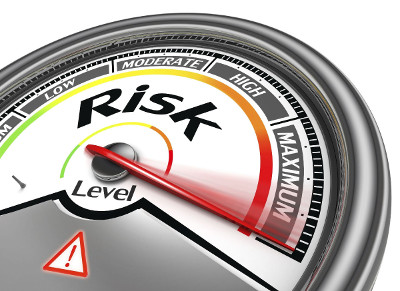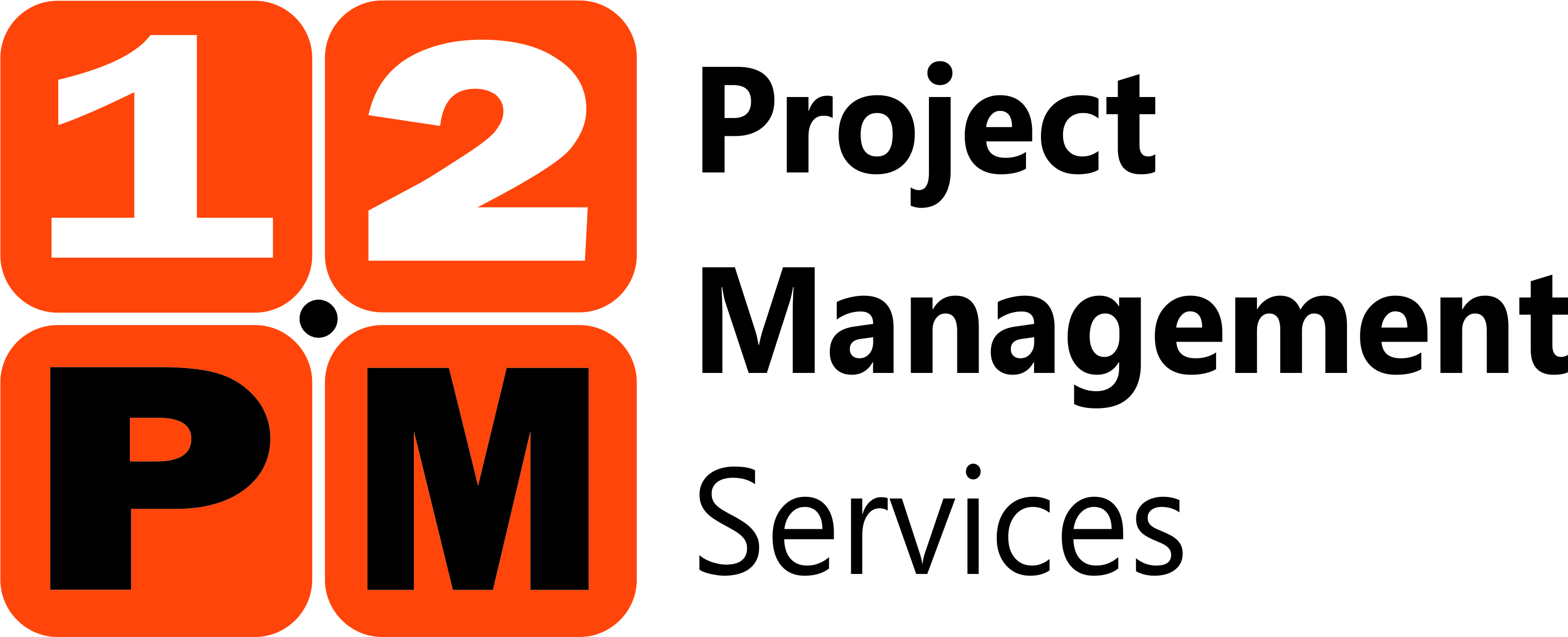Από τον Γιάννη Σάνδη, MSc, PMP
We deal with risks in everyday life and it is in human nature to adjust the way of thinking and acting in all cases, either by being proactive or having the feeling of fear and uncertainty.
For example, it seems normal to check car tires, cooling water and lubrication oil level prior to a long trip or being nervous about flying with a certain airline company with recent airplane crash record, without accident root cause analysis results so far. In the first case, being proactive is nothing else than just a kind of Identify Risks, Plan Risk Responses processes and risk ownership. All those are fundamental topics of Risk Management but in reality it does not take special knowledge of Risk Management theory to be proactive prior to a travel, does it? In the second case though, having the feeling of fear and uncertainty is a result of not participating in Risk Management and how could we anyway as long as this is a matter of third parties responsibility far away from passengers authorization, just like engineering, maintenance and troubleshooting teams, with the pilot on top of the situation to decide either to fly or not, having completed first the control of the check-list. The passenger though can decide not to fly at all with a specific airline company and this is also a strategy of Risk Response process for negative risks (threats), the Risk Avoidance.
What about projects? How much value-adding is the mentality of applying Risk Management in the projects and how close Companies, Project Managers and Project Teams are? Project success is subjected on fulfilling the Triple Constrain requirements: Scope, Time, Cost, under the umbrella of Quality. Missing at least one of the foresaid factors is simply just a failed project. Why do “pilots” (Project Managers) accept to ”navigate an airplane” (manage a project) without having requested first from the “engineering, maintenance and troubleshooting teams” (Project Team) to apply all the necessary proactive actions (Risk Management)? “Perfectly planned” projects fail because of unforeseen risks. In reality they are not perfectly planned at all, as long as one of the most critical ingredients of the Project Management Plan, the Risk Management Plan is totally missing. Why does this happen? This is because major enemies of Risk Management in projects are allowed to continuously hold a position during all the project phases, due to ignorance of Risk Management theory:
1. “Low Priority”: - “There are more important things to deal with. The project is on fire.”
Answer: - Yes, “the project is on fire” because most of the project team effort is expended on facing unforeseen risks that apparently became events.
2. “Super optimism”: - “Nothing is going to happen to our project because there is a perfect plan beside.”
Answer: - Risk Management Plan is totally missing, so the “perfect plan” sounds more like a “wishful thinking”. In all recorded airplane crash accidents there was something in common, a perfectly scheduled flight plan.
3. “Budget & time schedule limitations”: - “It takes a lot of human resources, tools and templates to implement Risk Management so we will possibly be over budget and behind schedule by adding extra tasks like this.”
Answer: -Here are the good news that render Risk Management a valuable treasure. The most important characteristic of Risk Management is the possibility to reduce cost and save time while still in project planning.
4. “Intension to hide Risks from Top Management”: -“Who is going to announce the eventual threats to Top Management? Certainly not me!”
Answer: -Top Management, being usually one of the main sponsors of the projects, would be very interested in saving money and time while still in project planning as aforesaid. What about bringing also good news? What about taking into serious consideration that risks are not Threats exclusively but Opportunities as well? Locating an opportunity and trying to increase the possibility to “make it happen”, maximizing simultaneously the positive impact in case it happens, would attract Top Management to accept also threats and to support the Plan Risk Response process and Risk Management in general.
5. “Barriers from the Subcontractor to the Owner”: - “Our client should not know about the problems we are facing. There are contractual obligations and penalties if we miss the target.”
Answer: -This is a common problem with subcontractors operating under the scheme of a projectized company structure, the “seller” side. What about informing the client about eventual threats and opportunities by proposing common Risk Management approach? Keeping the client bought in to all eventual risks, increases subcontractor reliability and professionalism in front of the client and improves the efficiency of Risk Response Plans.
6. “Project Manager’s eventual poor knowledge of Risk Management fundamentals”: “I will invite a couple of persons for a short meeting to discuss about some major risks and we will keep an eye on them.“
Answer: -Risk Management is a continuous and iterative process along the project, from the Plan Process group to the Control Process group and involves all the stakeholders necessary. It is not just a meeting to reveal and register a couple of risks. It is about applying all Risk Management processes (i.e. Plan Risk Management, Identify Risks, Perform Qualitative Risk Analysis, Perform Quantitative Risk Analysis, Plan Risk Responses and Control Risks, according to PMI). In a medium scale project, hundreds of risks should be revealed by several resources both internal and external to the project team and organization. Risks identification without suitable Risk Response Plan beside and corresponding risk ownership, results in the worst technique of the Control Risks process, the so called “Workarounds” which actually means nothing more than either dealing with prior identified risks only when they become events, without having set a plan in advance, or facing unforeseen risks that apparently have been turned into events.
Conclusion: Risk Management is one of the most important key factors for the project success. This is an essential matter of decision either to control or “be controlled by” the project. Once concur the knowledge of Risk Management theory, elimination of the Risk Management enemies will occur smoothly, providing abundant space for successful projects.




